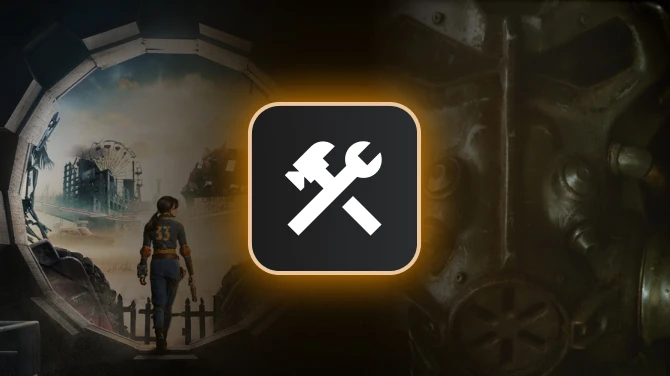In RBM, 1 point of armor represents ability to protect from 2 joules delivered by bodkin arrow or bolt (ungreased and unhardened). So average mail with padding beneath will have some 35 armor which will be able to stop 70 joules (damage) form bodkin (piercing) arrow. This calculation is also used for partial penetration of thrusts (and couches). For full penetration calculation with thrust its roughly 2.5-3 joules per point of armor. For cutting (and blunt) attacks its 4 joules per point of armor. Portion of absorbed damage is then transformed into blunt trauma depending on the weapon type. For example cuts with daggers and swords have lowest blunt trauma while maces got the highest blunt trauma.
Numbers time:
Civilian cloth in RBM has in general 5-12 armor.
Military cloth (gambeson, etc) has 13-25 armor.
Padding has 10 armor.
Leather has 10-20 armor, 20-30 with padding.
One layer of chainmail has 20-35 armor (30-45 with padding). Material, ring density and ring thickness affects this - more on the former later, use imagination / balance for the calculation of the latter.
Double mail - well two layers of mail + padding = 2 * 20-35 + 10, though generally rich people would have access to this so, presumably 70-80 armor.
"Plate"
Penetration of 1 mm of steel with bodkin arrow:
Modern mild steel = 55 joules (27-28 armor) - modifier of 1
Medium carbon steel (plate armor era, not really available yet in Banner Lord) = 58.465 J (28 armor) - modifier of 1.063
Low carbon steel (relevant for good stuff in BL) = 45.595 J (22-23 armor) - modifier of 0.829
Wrought iron (relevant for the lower-mid range quality stuff in BL) = 31.57 J (15-16 armor) - modifier of 0.574
Good quality brass and bronze - should be comparable to wrought armor so I use same value for them.
Plate thickness:
Plate thickness should be calculated by powering to 1.6. So for example 1 mm mild steel = 55 * (1^1.6) = 55 * 1 = 55 joules = 27-28 armor.
For 2 mm mild steel plate = 55 * (2^1.6) = 55 * 3.03 = 166 joules = 83 armor.
Thickness has huge non linear effect on armor penetration!
Scale, lamellar, and brigandine armors are made of multiple partially or fully overlapping plates. Two plates that overlap are going to have double protection not powered protection! Example: 2 mm mild steel plate = 83 armor (calculation above), lamellar armor made out of 2 overlapping 1 mm plates is going to have only 55 armor in comparison (2 * 27-28 armor).
Scale, lamellar and bringandine armors were made out of plates with thickness of 0.8-1.2 mm (up to 1.5 mm with brignadine but probalby less overlap than well made lamellar).
Plate armor during 100 years war (more advanced technology than BL) was in range of 1.5-2.5 mm for body armor, helmets were in range of 1.5-3 mm, gloves and boots might have been only 1 mm thick.
For plate and leather armor 75 (105)° impact angle (or 15 more ° in comparison to perfect angle) is taken into account so multiply plate thickness by 1.14 for body, gloves, legs and shoulder armor. For helmets (and maybe some of the rounded shoulders) average impact angle of 45° is taken into account due to helmet shape so multiply helm armor thickness by 1.4. This calculation should be done before the value is powered since this represents effective thickness.
To be continued.
How armor works in RBM and how to make armor patch for RBM (lot of numbers)
-
Endorsements
-
Total views6.8k









1 comment
thank you for the articles.
Could you please write an article describing config.xml file? I would like to make some changes for my game, but I'm not exactly sure what some of these values mean.
For example:
ArmorMultiplier = 2
If I change this value for example to 1, does it mean 1 armor = 1 joul?A short description of the below tags and what values do would be amazing!
ExtraBluntFactorCut
ExtraBluntFactorPierce
ExtraBluntFactorBlunt
ExtraArmorThresholdFactorPierce
ExtraArmorThresholdFactorCut
ExtraArmorSkillDamageAbsorb